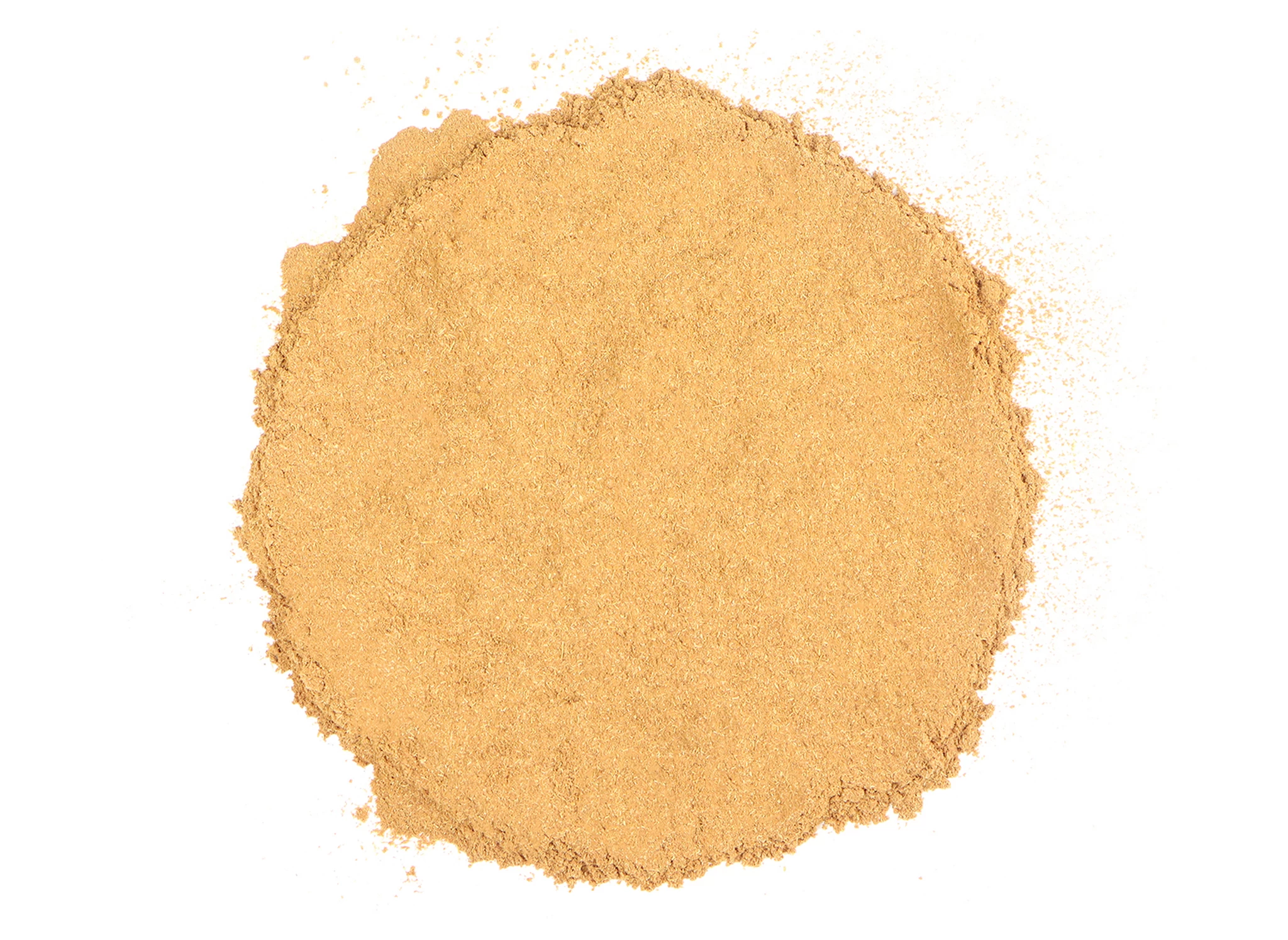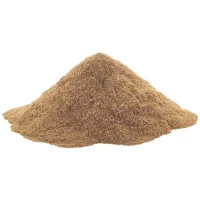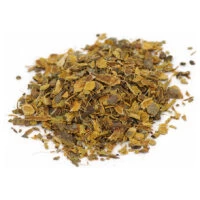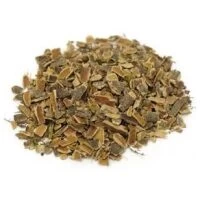Powdered Bulk Herbs – Cat’s Claw
Powdered Bulk Herbs Cat’s Claw
Cat’s Claw is a thick, long, slow growing woody vine that grows between 400 and 800 meters above sea level in the Amazon jungle. This vine gets its name from the small, sharp thorns, two at the base of each pair of leaves, which looks like a cat’s claw. These claws enable the vine to attach itself around trees climbing to a height of 100 feet or higher.
In 1959, Nicole Maxwell made a journey to the Rio Putumayo. She painstakingly began her collection of specimens and data of medicinal plants in the Amazon. This was her first long jungle trip although she had made previous excursions. Her findings are well written in “Witch-Doctor’s Apprentice: Hunting for Medicinal Plants in the Amazon”. She describes a number of plants and their applications, among which is una de gato.
Research began on Cat’s Claw in the early 1970’s. Mr. Klaus Keplinger filed the first patent in the US on Uncaria tomentosa in 1989 when the plant’s alkaloids were isolated and tested. There are mainly six oxindole alkaloids most prevalent in the Cat’s Claw bark, known as: isopteropodine, pteropodine, mitraphylline, isomitraphylline, ryncophylline, and isorynchophylline. Three of these have been proven to be effective immuno-stimulants. Ryncophylline has been shown in laboratory testing to display an ability to inhibit platelet aggregation and thrombosis. This means this alkaloid may be useful in the prevention of stroke and reducing the risk of heart attack by lowering blood pressure, increasing circulation, and inhibiting both the formation of plaque on the arterial walls and formation of blood clots in the vessels of the brain, heart and arteries.
As well as these alkaloids, Peruvian and Italian researchers have discovered other beneficial phytochemicals inherent in the plant, including proanthocyanidins, polyphenols, triterpines, and the plant sterols: beta-sitosterol, stigmasterol and campesterol. These might explain the antioxidant, anti-microbial, anti-tumor and anti- inflammatory properties attributed to this plant.
In 1991 there was a new study to isolate the chemical compounds found naturally within the plant that would be responsible for anti- inflammatory principles. This led to “the isolation and characterization of a new quinovic acid glycoside called glycoside 7 as one of the most active anti-inflammatory principles to be uncovered.”
Many species of the genus Uncaria exist in nature…more than 30. It is the U. tomentosa species that offers the most promise as a therapeutic agent. Uncaria guianensis is frequently confused with Uncaria tomentosa. Consumers should check the Cat’s Claw bottles they buy for “Uncaria tomentosa” and choose from a reputable company. Cat’s Claw is available in capsules, extract and the raw bark for brewing tea.
Cat’s Claw is used for: Crohn’s disease, diverticulitis, leaky bowel syndrome, colitis, hemorrhoids, fistulas, gastritis, ulcers, parasites, intestinal flora imbalance, cancer, arthritis, diabetes, chronic fatigue syndrome, environmental toxic poisoning, organic depression and those infected with the HIV virus.
Most of the clinical research which show these alkaloids to be antiviral, anti-inflammatory, immunostimulating, antimutagenic, antioxidant, etc., are tests done “in-vitro” (proven in the test tube) not “in-vivo” (proven in the human body).
Cat’s Claw root should never be used as the medicinal qualities are most prevalent in the inner bark and harvesting the root kills the plant. Consumers should refuse to buy any Cat’s Claw root products in order to ensure the plant is not destroyed. Peruvian law is now in place to help protect Uncaria tomentosa.
Latin Name:
Uncaria tomentosa
Common Names:
Una de gato, life-giving vine of Peru, hawk’s claw
Parts Used:
Properties:
Traditional Uses:
Topical Uses / Applications:
Culinary Uses:
Chemical Properties:
Cautions:
GRAS: Generally Recognized as Safe. This herb can be safely consumed when used appropriately.
Folk Lore:
N/A
*Disclaimer: These statements have not been evaluated by the Food and Drug Administration. This product is not intended to diagnose, treat, cure or prevent any disease.
Resources:







Reviews
There are no reviews yet.